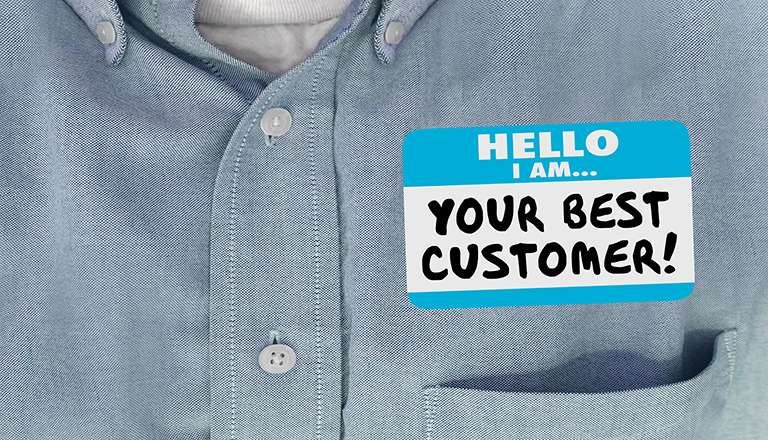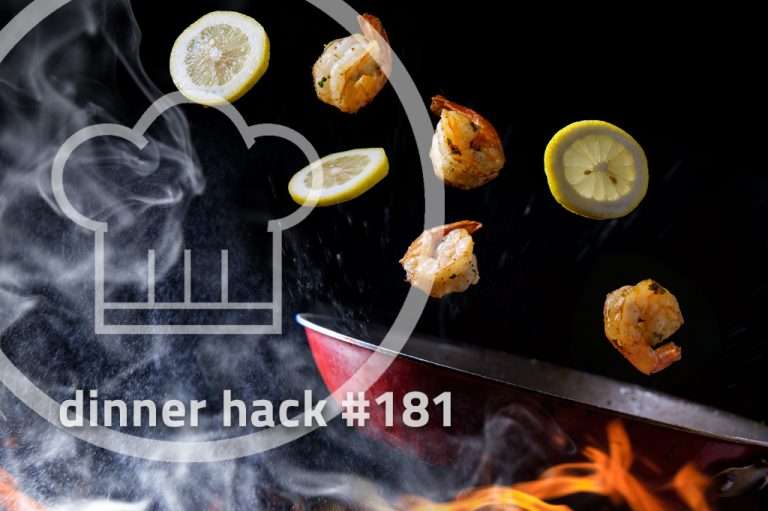Sep 26, 2019
Turn Your Customers into Volunteer Marketers
I recently sat in on a presentation by Jay Baer, who gave some really great insight on how to get your customers to willingly tell your story.
Organic social content from brands often fails. Facebook is moving away from “broadcasting” and towards social connecting/networking. If your customers aren’t telling it, your story won’t be heard.
What is a “Talk trigger”?
Jay described a “talk trigger” is an unconventional, operational choice that causes conversation.
What are the 4 components that are required when creating a talk trigger?
- It must be a story worth telling…hence “talkable”
 Example: The Sip-n-Dip lounge in MT features live human mermaids from 9pm-midnight; people post/talk about it because it is unique and different.
Example: The Sip-n-Dip lounge in MT features live human mermaids from 9pm-midnight; people post/talk about it because it is unique and different.
- A talkable trigger must be repeatable. A talk trigger is NOT about going viral. “Going Viral” rarely happens. Every single customer must be able to experience the talk trigger.
Example: The AZ State fan base created the “curtain of distraction” during free-throws. Studies have shown that there have been a 3% decrease in free throw shots made by opponents, and ticket sales up 220% since this tradition was created.
 It must be reasonable. You can’t “shock” people into something without creating suspicion/untrustworthiness.
It must be reasonable. You can’t “shock” people into something without creating suspicion/untrustworthiness.
Example: CVS receipts are absurdly long, which causes people talk about it on social media.
- A talkable trigger must be relevant. If you rent an elephant and walk it down main street, people will talk about the elephant, not your business.
Example: UberConference has crazy on-hold music that tells a story about being on hold.
What are the 4 types of talk triggers?
- Talkable Generosity
Example: In an attempt to increase sales, WindsorOne, a trim board manufacturer, stamped all of their boards with: “Call Kurt for a Shirt”. Then, Kurt himself, a sales rep, answers these phone calls and talks to the customers about their projects, recommends products, and sends them a shirt & product samples.
- Talkable Speed
Example: Bogdanoff Dages and Co. CPAs Tax & Accounting firm in Indianapolis replies every phone call or email within 5 minutes. How many people talk able how much they love their accounting firm? Not many. But Bogdanoff Dages and Co. has figured out a way to make people talk. Almost everyone one of their reviews mentions their speed. Make a mental note: Competency keeps customers, it doesn’t gain customers. You need to find a way to gain customers. Then, use your competency to keep them. The goal is brand loyalty.
- Talkable Usefulness
Example: Joe Manausa Real Estate in FL wrote an article on “how to sell a home without a realtor in FL” and put it on his website as a free download. This free download ends up being his #1 source of leads after people read the article and realize halfway through how much more difficult it is to sell a house than they originally thought. Later, when friends of Joe’s clients mention they are thinking about selling their house without a realtor, Joe’s clients share their experience and endorse Joe.
- Talkable Empathy
You think your industry is tough? Here is an example for you: Americollect is a collections agency in WI with the tag line “Ridiculously Nice Collections” and they aren’t bluffing. Americollect has a reputation for treating all of their customers with unprecedented kindness and empathy. Want proof? 60% of their current staff of 250 were originally debtors. How’s that for a selling story?
I will leave you with a few facts to keep in mind:
- 50% of purchases are influenced by word of mouth
- 91% of B2B purchases are influenced by word of mouth
- 50% of word of mouth occurs online
- The younger the generation, the more influenced they are by word of mouth
If you haven’t read this in one of my articles before, this is what it all boils down to: People trust people, not brands.
Would you like to learn more about this topic? Please reach out to the NewPoint team. If you are interested in more food marketing topics, please visit our Food for Thought page or check out NewPoint’s Patrick Nycz’s book: Moving Your Brand Up the Food Chain.






